Christian jewelry has always held a deep symbolic meaning for believers across the world. Whether it is rings...
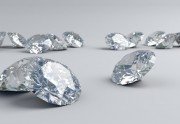
How to choose the perfect diamond - The ultimate guide / VisionGold
How to choose the perfect diamond-The ultimate guide

Buying a diamond is an exciting experience !! However, there are many factors to consider when buying a diamond as it is important to know what to look for in a diamond. Knowing how to choose a diamond will help you make the right decision when buying your jewelry or if you are planning to buy a diamond as an investment.
The moment of choosing a diamond is one of the most important parts of buying a single stone ring guide for engagement or wedding, as the unique character, style and value of the single stone ring is based on the central stone. However, finding a good diamond can be a difficult task in itself. We are here in Veria to guide you through the process of choosing a diamond for a single stone engagement or wedding ring and to equip you with the knowledge you need to make the best choice.
Because we are a laboratory and have experience in construction, we can guide you to buy a diamond without spending a lot of money. We will offer Diamond Purchase Tips that will reveal to you every important factor that needs to be taken into account when buying a diamond - from the sheer duration and weight of the carats to the certification of the color of the diamonds to the cut and shape.
Cleanliness - the imprint of a diamond

The extreme conditions under which diamonds formed deep in the earth are responsible for the inclusions or "reference marks", giving each diamond its unique character or fingerprint. The size, number and nature of these imperfections, which are believed to have formed during the crystallization process of the gemstone, determine the degree of purity of diamonds. The degree of clarity extends from F, which represents Flawless in I, which indicates inclusions. These grades are further divided into several categories - Flawless, internally flawless, two categories very clear, very slightly inclusive inclusions, two categories slightly inclusive. and three categories with many inclusions. The less inclines a diamond has, the more free light it can travel through the stone and, therefore, the brighter its glow. Most inclinations are not visible to the naked eye, which is why jewelers inspect diamonds under a magnifying glass 10x to determine their purity. In addition to the size and number of inclusions, cleanliness can also affect the value of the gemstone. A complaint just below the diamond table (top view), for example, will affect the clarity of the diamond more than any other size.
When buying a diamond, it is important to distinguish between inclusions and stains. Closed are naturally tiny white spots or dark spots in the stone, where the imperfections refer to imperfections on the surface of the diamond resulting from the cutting and polishing process. This is usually the case when a diamond cutter or abrasive has not yet mastered the art.
As a general rule, VisionGold®️ recommends choosing a diamond with a purity of not less than SI2 (slightly inclined inclinations) for a diamond engagement ring.
Color-shades-fluorescence

Diamonds have different shades of color, ranging from colorless to variegated shades of yellow. Although these subtle differences are difficult to spot in a untrained eye, the color scale of a diamond is one of the most important factors to consider when shopping for diamonds - the closer the diamonds are to a colorless shade. the most rare and valuable is the stone.
Diamonds are rated on a globally accepted color scale, from D (white or colorless) to Z (brightly colored yellow). In addition to the D-Z color scale, there is another scale for excellent diamond colors, such as deep yellow, pink, green and blue. These precious, naturally fancy color diamonds are rated according to the intensity of their color - the more vivid their shade, the greater their value. One of the most important tips for buying diamonds when it comes to diamond color is to note the difference between a diamond with a subtle yellow hue and a natural fancy colored yellow diamond, which could be any shade of its rich and vibrant yellow color.
Another feature that affects color classification is fluorescence, a natural phenomenon that affects the quality of almost a third of all gemstones. Fluorescence comes from the presence of nitrogen, causing a diamond to emit a soft glow when exposed to ultraviolet (UV) light.
The fluorescence of a diamond varies depending on the color and strength. Most fluorescent diamonds have a blue tint (95%), followed by a yellow tint. Choosing a diamond with blue fluorescence could be good for the buyer, where the diamond is of course colored yellow, as these diamonds tend to appear whiter and therefore more valuable. On the other hand, white diamonds with yellow Fluorescence appear more yellow in ultraviolet light, which is not desirable, since yellow diamond colors are less valuable than colorless diamonds. For this reason, fluorescence can increase or decrease the value of a diamond, depending on the color and strength of the glow. When buying a diamond, always ask for a diamond certificate from an independent diamond sorting laboratory such as GIA or EGL as these sorting reports will clearly indicate if fluoride is present.
WEIGHT CARAT- does size matter?

The carat is the standard unit of weight used for gemstones. One carat is equal to 0.2 grams or 200 milligrams. Larger diamonds are rarer and therefore more valuable. In fact, diamonds of one carat or more weight represent only 1% of all diamonds mined on the planet. Although the size of a diamond is probably the most obvious element determining its value, knowing how to choose a diamond requires more parameters. than just considering weight in carats. The way a diamond is cut can really maximize its beauty and can turn a medium-sized stone into a wonderfully desirable piece of jewelry that shines with brilliance. We at VisionGold apply the same passion and attention to detail to every stone, regardless of their size. This ensures that no matter what size diamond you choose, you will end up with a real work of art.
The importance of certifying a diamond
When buying a diamond, it is a good idea to ensure the quality of the gemstone and proof of its identity before you make the purchase. This is the diamond certificate. The official document, also known as a diamond certification or rating report, details the unique features of the diamond, including cutting, weight in carats, color and purity, and may also include finishing (wear and tear). symmetry), fluorescence and additional comments.
The most recognized diamond grading laboratories and favorites among the most famous and notable jewelry in the world are the GIA (Gemological Institute of America) and the EGL (European Gemological Laboratory). These classification workshops are completely impartial and the buyer can be sure that the information listed on the certificate is accurate.
Get advice from experts
The best way to buy diamonds, whether it is a monolithic engagement ring wedding or as an investment, consider all the factors that play a role in the unique character and value of the stone. Since a diamond engagement ring is a symbol of your love and commitment that will be worn for many years, it is important to choose a cut and a shape that reflects the personality and style of your loved one. , color and clarity, which will ensure you a stone of exceptional quality that will increase in value as the years go by.
If you need guidance, we at VisionGold®️ will give you tips on buying diamonds. You will also have the opportunity to browse the collection of monolithic rings. Taking into account all the factors of our diamond buying guide - from carat and clarity to color, certification, shape and cut, you will discover how to buy a diamond with confidence - the same type of confidence you need to wear the monolith ring with the diamond. For more information visit us at VisionGold®️
Posted in:
Jewelery buying guide
Chat with us on WhatsApp
Call Our Store









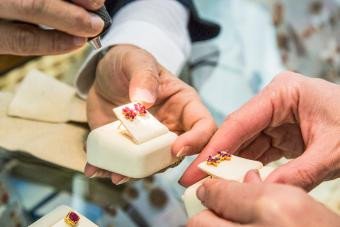

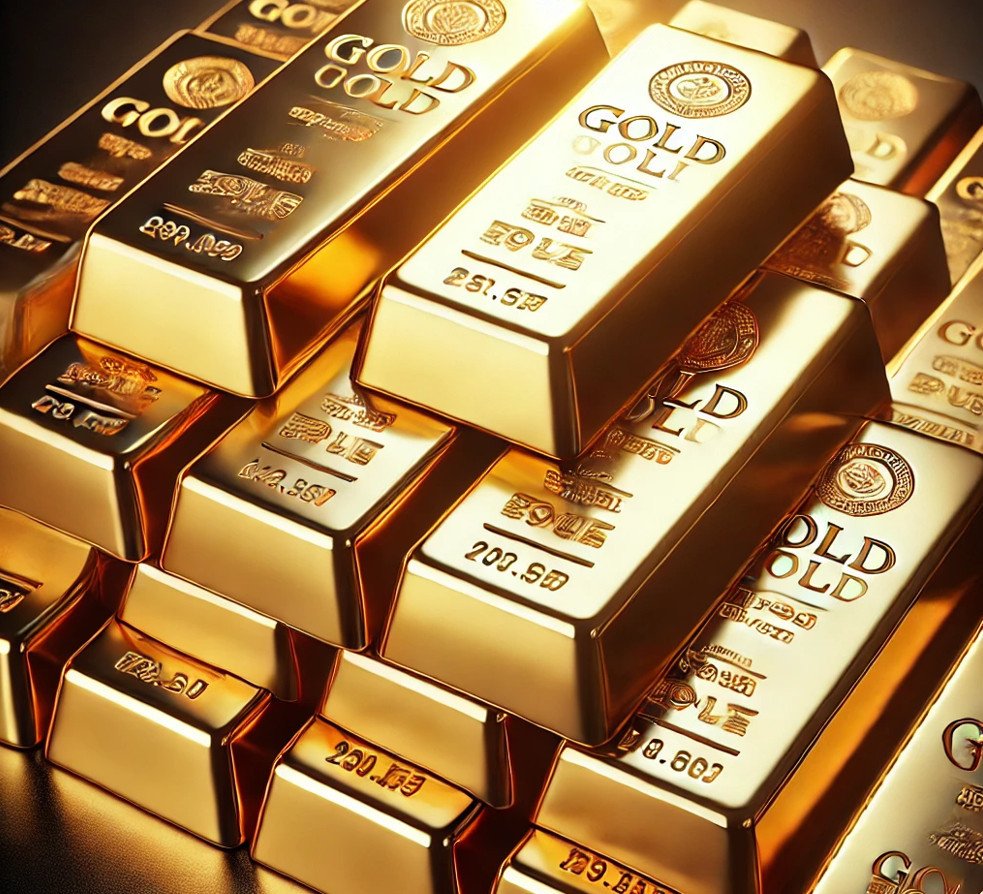
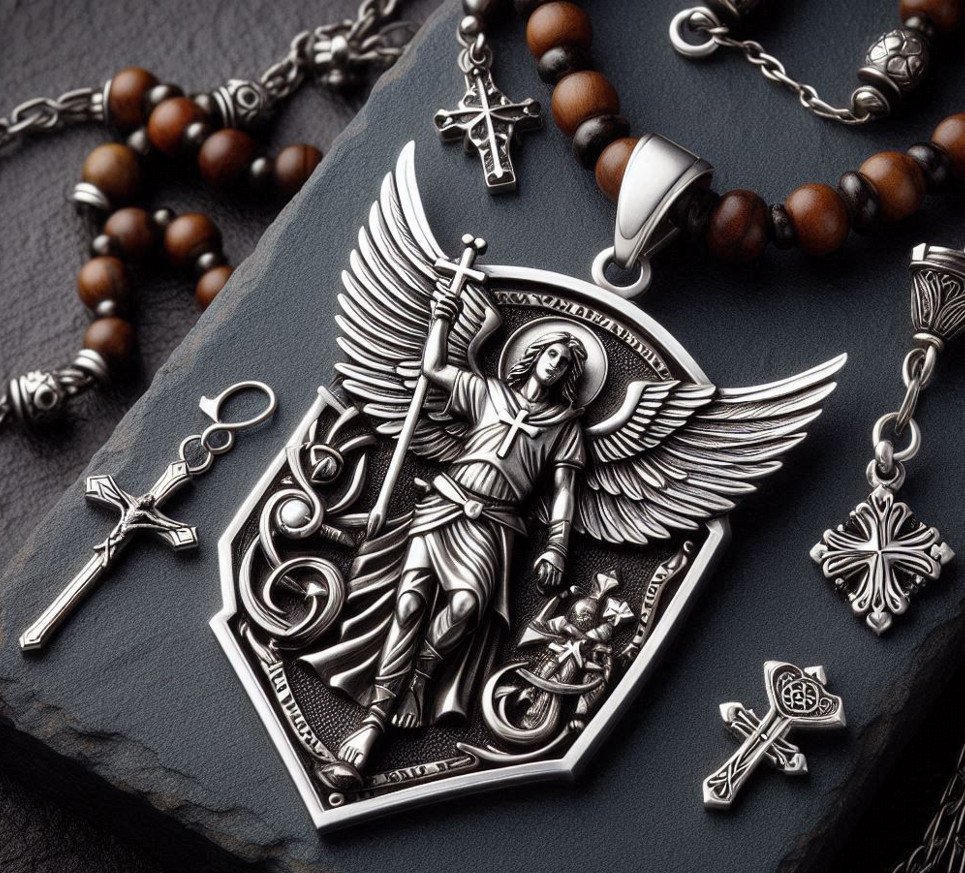
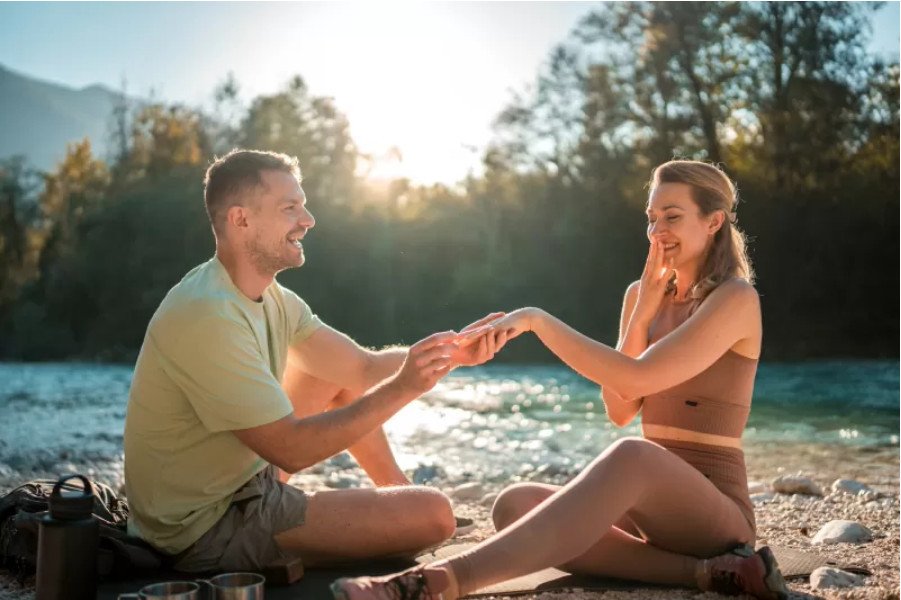
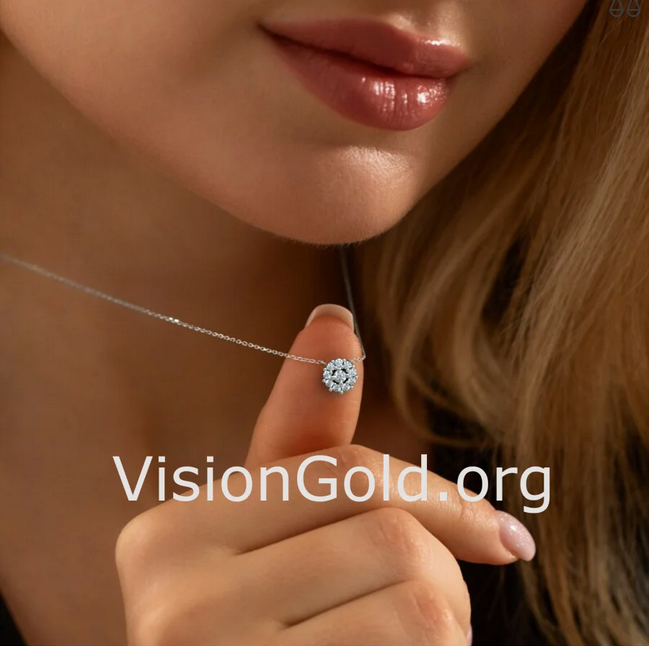
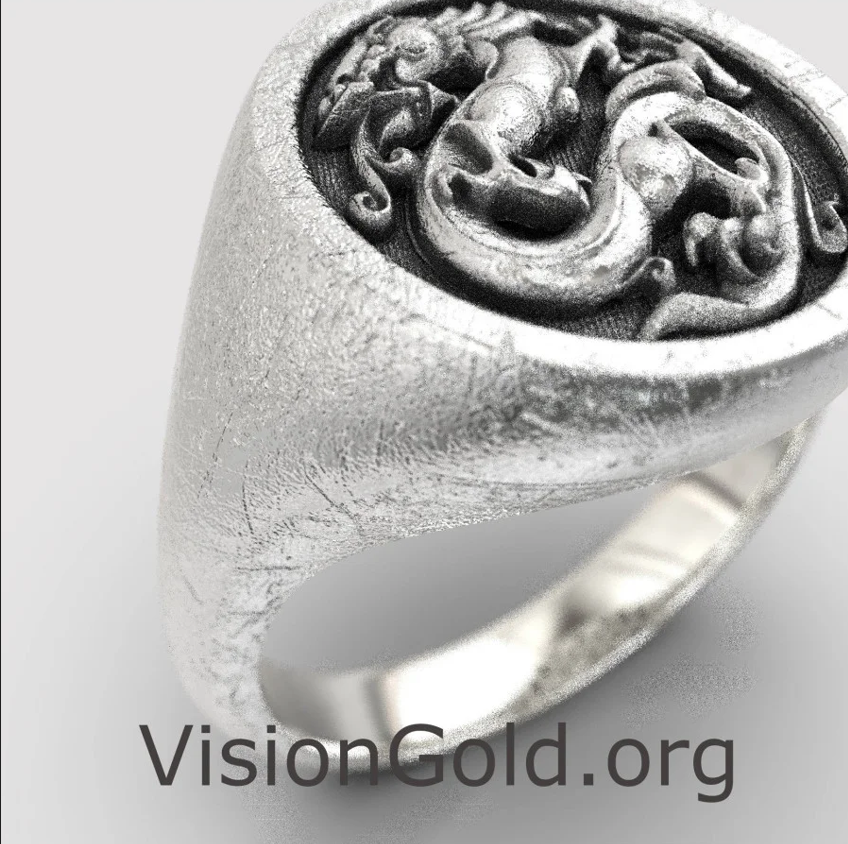
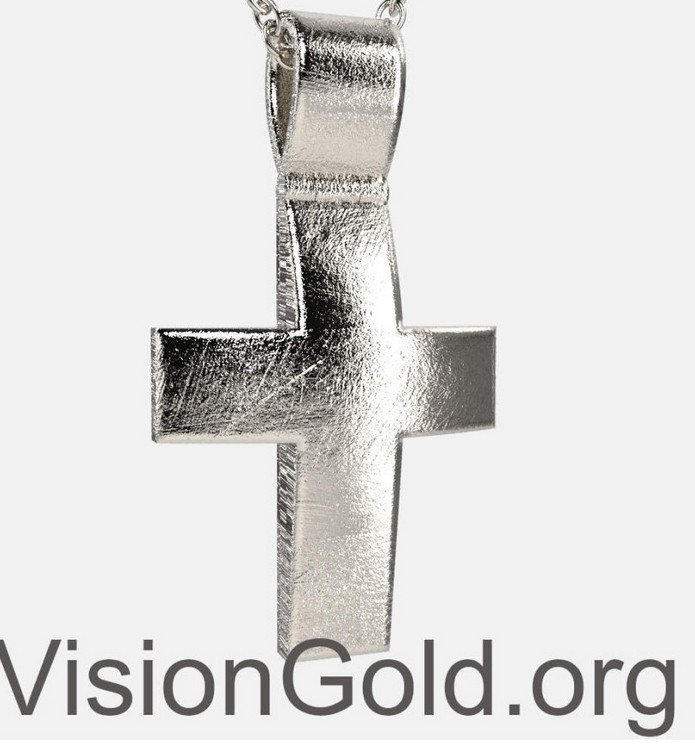

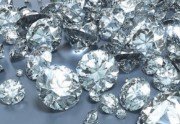
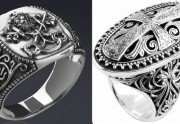
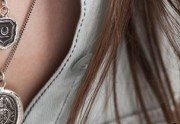
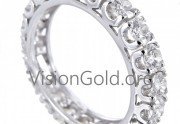
Leave a comment